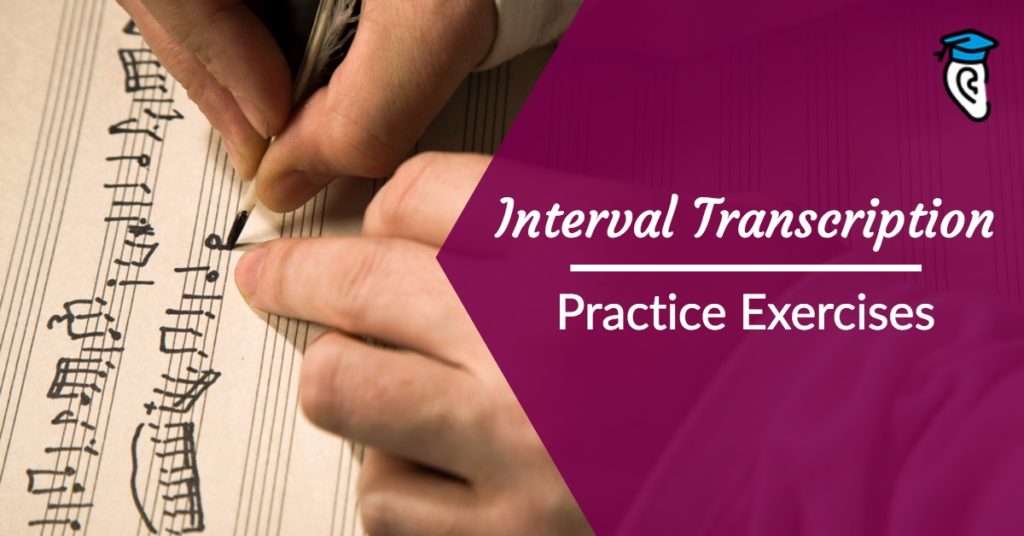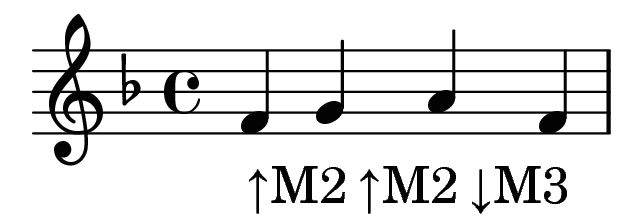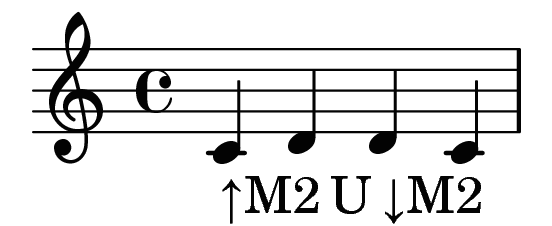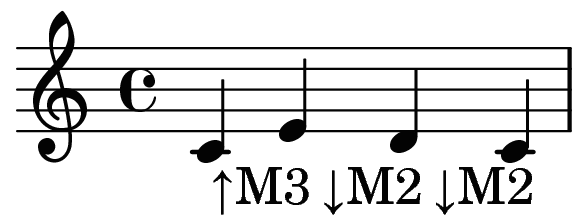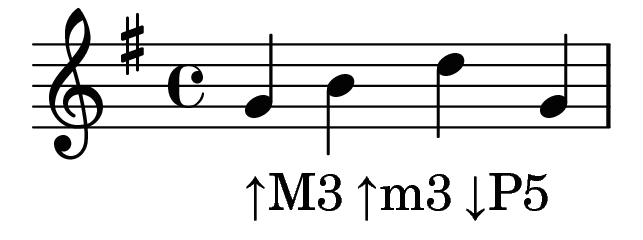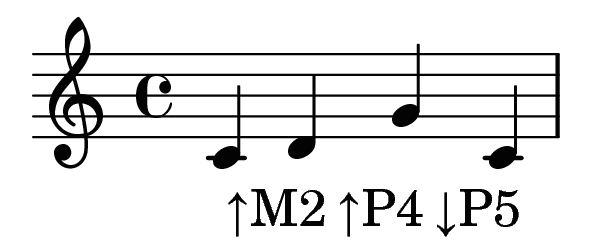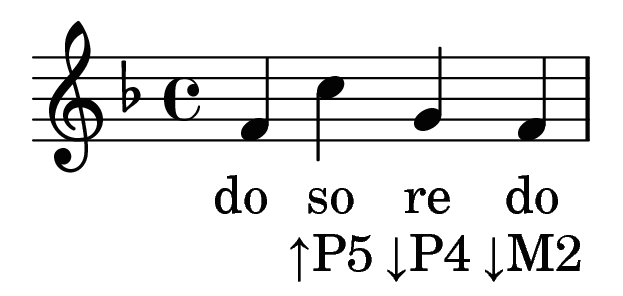Have you been learning interval recognition and wondering how to actually use it? As explained in our Ultimate Guide to Intervals, even once you can reliably recognise different types of interval in isolation, you will need practice to be able to use them to play by ear, improvise, or write down the music you hear. We’ve created a set of easy transcription exercises to help you practice using interval recognition to write down the notes you hear in traditional music notation.
These transcription exercises are designed for beginners at transcribing using intervals – but we’re going to assume you are beyond the beginner stage with intervals themselves.
Background: Learning Intervals
Don’t know much about intervals yet? No problem! We’ve laid out everything you need to know – the what, why and how of interval ear training – in one handy resource. Check out our Ultimate Guide to Interval Ear Training:
If you know the theory but haven’t started practicing interval recognition yet, spend some time with our free interval ear training exercises.
For the transcription exercises below we’re also going to assume you know how to spell intervals and how to figure out interval spellings fast.
If you’ve got those three things covered (understanding intervals, recognising intervals, and spelling intervals) it’s time to put the final missing piece in place: using those skills to go from the notes you hear to writing notes on the page.
How to transcribe music using intervals
As explained in the Ultimate Guide, you begin using intervals in a slow, methodical way. You listen for each pair of successive notes, identify the interval between them, and this reveals the identity of the notes. If you know your starting note or the key you’re in, this also tells you the actual note names or position on the staff.
Over time this process becomes faster and you begin to internalise it as your sense of pitch distances, so that you can quickly identify each note in a sequence without thinking through recognising each of the intervals.
Inside Musical U we have a dedicated module called Melody Practice: Major Pentatonic featuring a series of lessons to help you transcribe or play by ear, using your interval recognition or solfa skills. You can learn more about this training module here.
The exercises below are a small subset of practice exercises taken from that training module. They are designed to help with the first stage of learning this skill, where you want to identify each interval in turn.
- Listen to the clip and try to write down the notes you heard in staff notation.
- If you need a hint, listen to the hint clip which will play the melody more slowly and then reveal the intervals between each pair of notes.
- You can check your answers at the end of the article below.
Interval abbreviations:
- Unison: U
- Tone / Major Second: M2
- Minor Third: m3
- Major Third: M3
- Perfect Fourth: P4
- Perfect Fifth: P5
Easy Transcription Exercises
We will start with melodies using just two types of interval: Tones (a.k.a. major seconds, whole steps) and Major Thirds. Notes can be repeated so there are also Unisons. The melodies will be short and slow.
Medium Transcription Exercises
Now we will use the same set of intervals but the melodies will be longer and faster. See if you can identify some of the intervals “on the fly” as you listen!
- Were the notes repeated? Unison!
- Was it a small step up or down? Tone!
- Was it a larger leap up or down? Major Third!
Now a little transcription twist: with this one your starting note is not the key’s tonic!
Hard Transcription Exercises
Finally, let’s return to short and slow melodies but introduce a larger range of intervals. We’ll add in Minor Thirds and Perfect Fourths and Fifths:
- Unison
- Tone / Major Second
- Minor Third
- Major Third
- Perfect Fourth
- Perfect Fifth
Now a little extra challenge: with this one your starting note is not the key’s tonic!
Learning to transcribe music using intervals
Did you manage to transcribe these melodies? This set of exercises should have helped you to see how to apply your interval recognition skills to transcribe melodies, and how you can gradually get faster and more versatile in this ability.
 The full Melody Practice module in Musical U has a set of four lessons and each one includes over thirty exercises which help you build up your skills gradually and take them even further than the “hard” exercises above.
The full Melody Practice module in Musical U has a set of four lessons and each one includes over thirty exercises which help you build up your skills gradually and take them even further than the “hard” exercises above.
If you’re interested in continuing your interval ear training be sure to check out the full solution at Musical U: the “Play Melodies By Ear Using Intervals” Roadmap.
Many musicians work hard to learn interval recognition but then struggle to get the benefit from actually using them. Practice with the transcription exercises above and you will start to see clearly how intervals exist everywhere in music, and by tuning your ear in you can easily decipher them and identify the notes you hear. Continue practicing your interval recognition and using it to transcribe the tunes you enjoy listening to each day!

